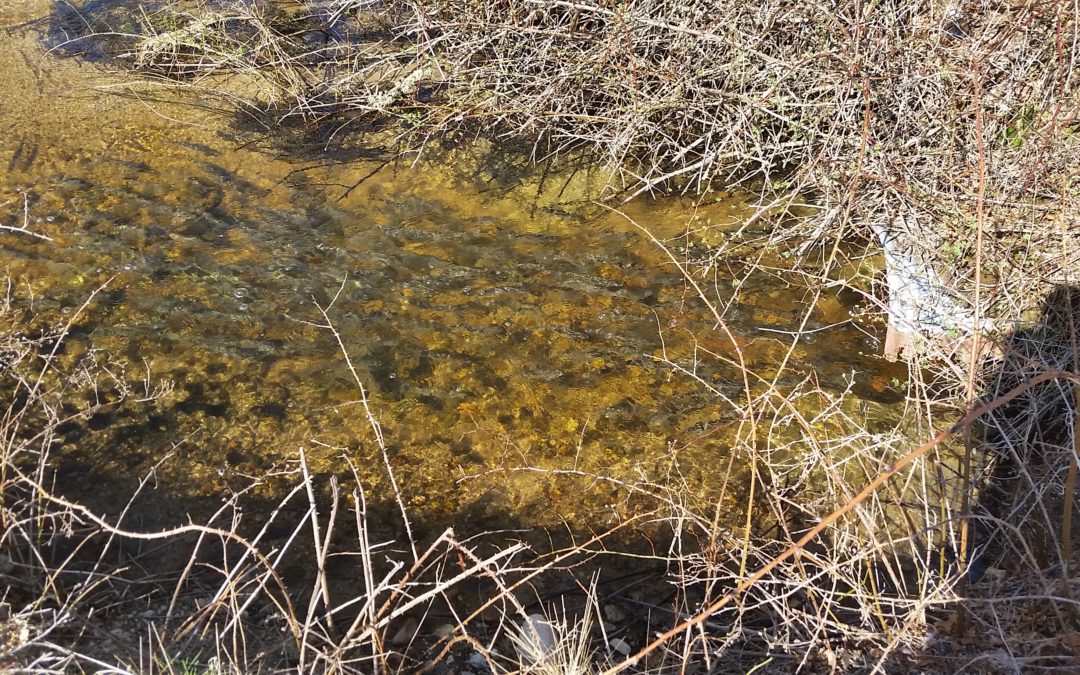Falmouth Enterprise – Committee Recommends $30,000 Coonamessett River Monitoring Project
The Coonamessett River will be one of three sites selected for a study of how river restoration can reduce nitrogen loading into Massachusett’s estuaries. Lead by researchers from the Woods Hole Research Center and the USDA, teams will be monitoring three cranberry bog restorations at various stages of restoration to determine if and how much nitrogen is attenuated by the rivers post restoration. Nitrogen, in its various forms including nitrate and ammonia, is a driving force behind the eutrophication of tidal estuaries and embayments. Excessive nitrogen from failing septic, development and fertilizer use causes harmful bacteria or algae blooms which reduce water quality substantially and hurt both the coastal ecosystems and economies. By restoring rivers to a more natural state, healthy bacteria, algae and insect life can chew up some of this nitrogen cycling it up the riverine food web benefiting resident fish species such as brook trout, tessellated darters and white suckers as well as migrating American eels, river herring and lamprey. This reduction in nitrogen, if large enough, could lead to much healthier estuaries, happier fish and shellfish communities and even the return of eel grass.


